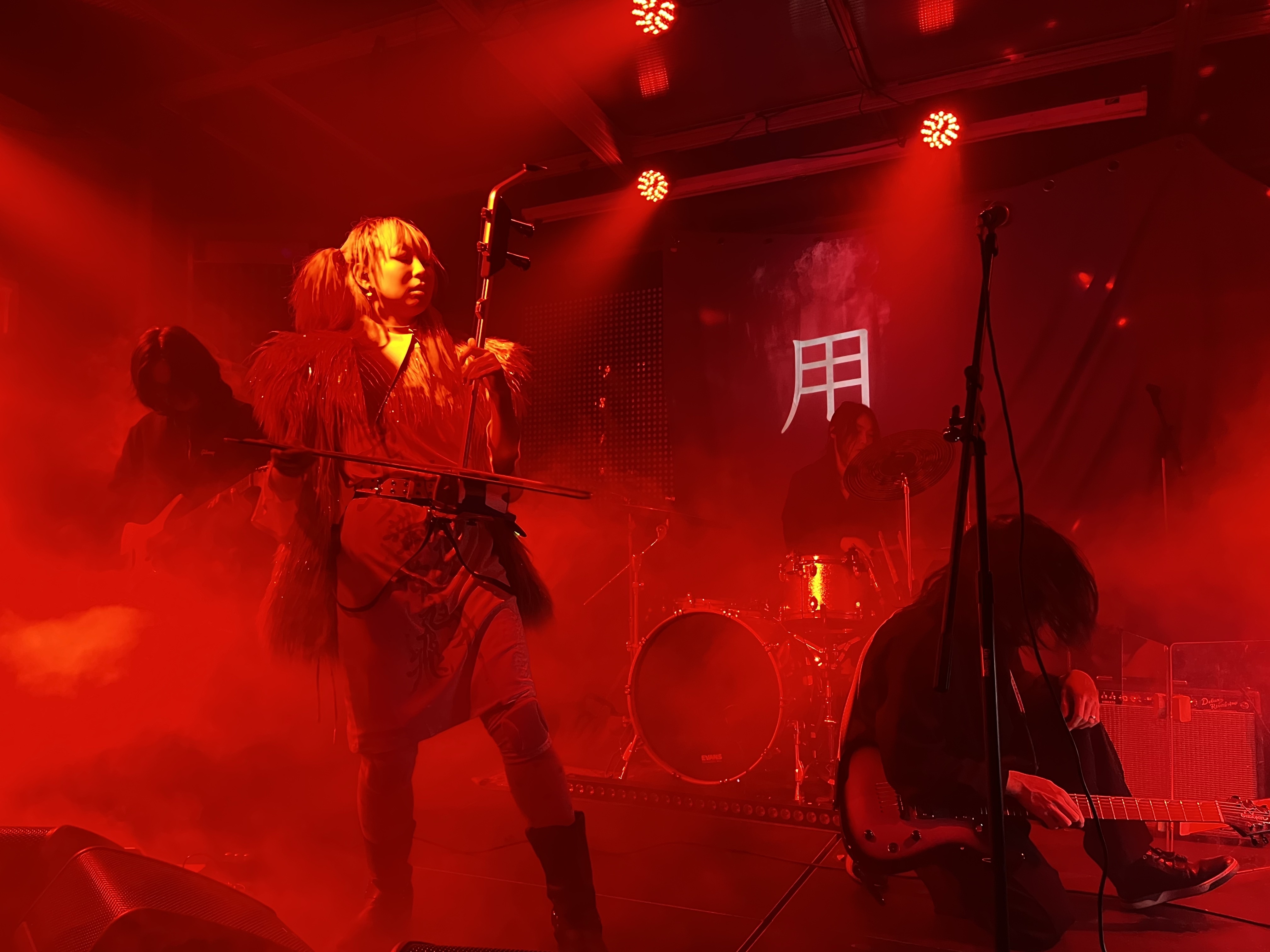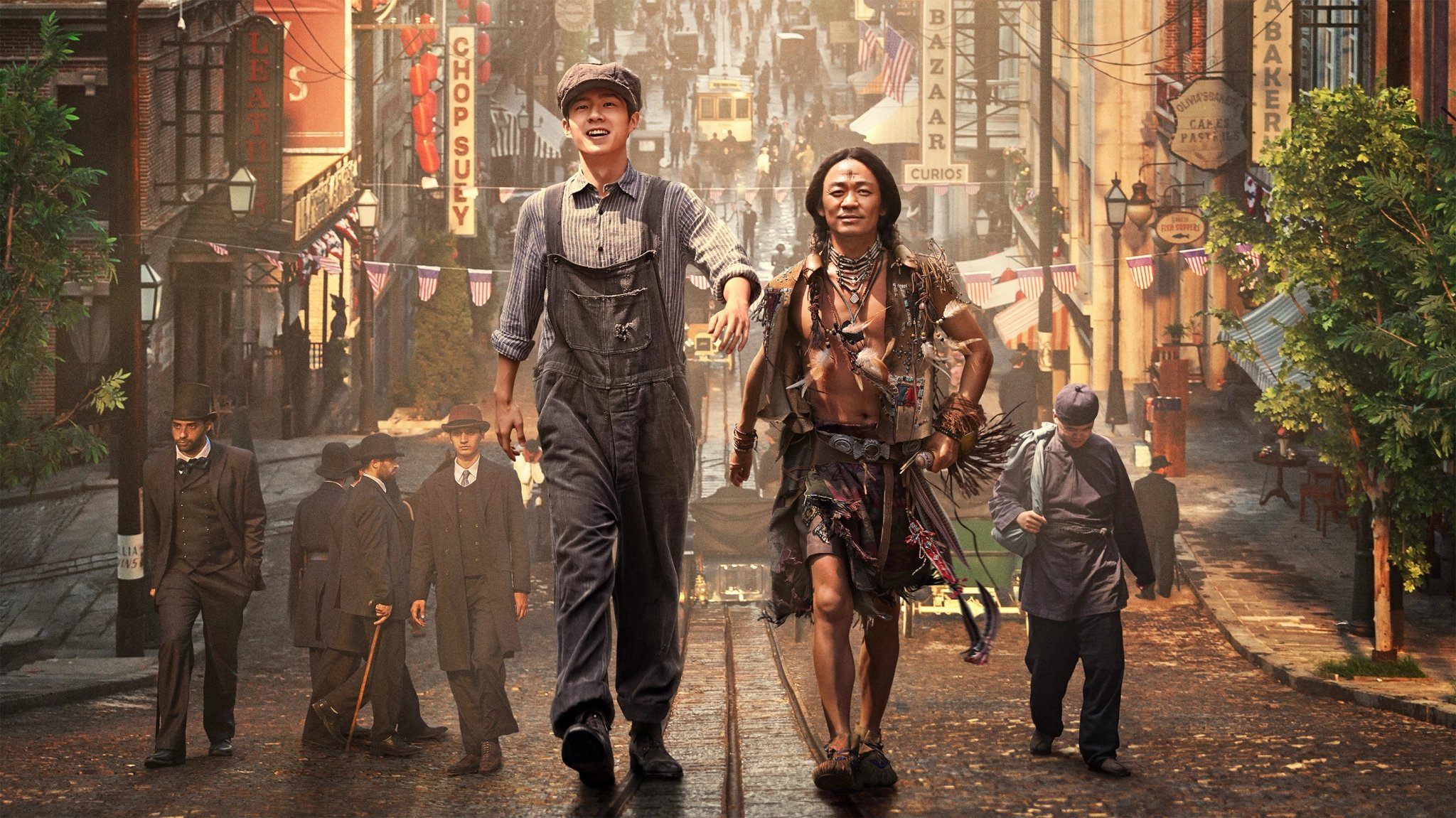What were you doing when you were 17 years old? Watching anime, obsessing over your crush, or picking up new hobbies that defined your whole personality? Hong Kong native Andrew Mok, who goes by the alias Offgod, directed his energies in a more productive way, which is paying off now.
Boasting an Adidas campaign, a fashion line, a sizeable following on Instagram, and several album covers for high-profile rappers, Offgod has been recognized by icons like Takashi Murakami, Pharell Williams, and Future.
The artist recently went viral on Instagram after revealing his sculptural attachments designed to be worn over Apple’s headphones, the AirPods Max.
Designed in collaboration with Russian creative Gleb Kostin, the above (see Instagram post) is part of a collection of 3D-printed headphone accessories hand-painted by Offgod.
The young creative rose to fame by creating fan art of his favorite YouTubers before switching to rappers. When sharing his creations on Instagram, the social media-savvy artist always asks his followers to tag the artists he has depicted to draw their attention to his work.
Despite his young age, Offgod understands the meaning and power of ‘hype,’ and has been able to build a unique personal style that resonates with Gen Zers as well as hip hop fans.
His sources of inspiration include the late Off-White designer Virgil Abloh, legendary Hong Kong director Wong Kar-wai, and Japanese anime and hip hop icons like A$AP Rocky, Tyler the Creator, and the now-canceled Kanye West.
So far, the young artist hasn’t let fame get to his head. In an interview with the online magazine Lifestyle Asia, he stated that his parents have helped him to stay grounded and that he’s grateful for the opportunities he has had so far.
Cover image via Instagram


























